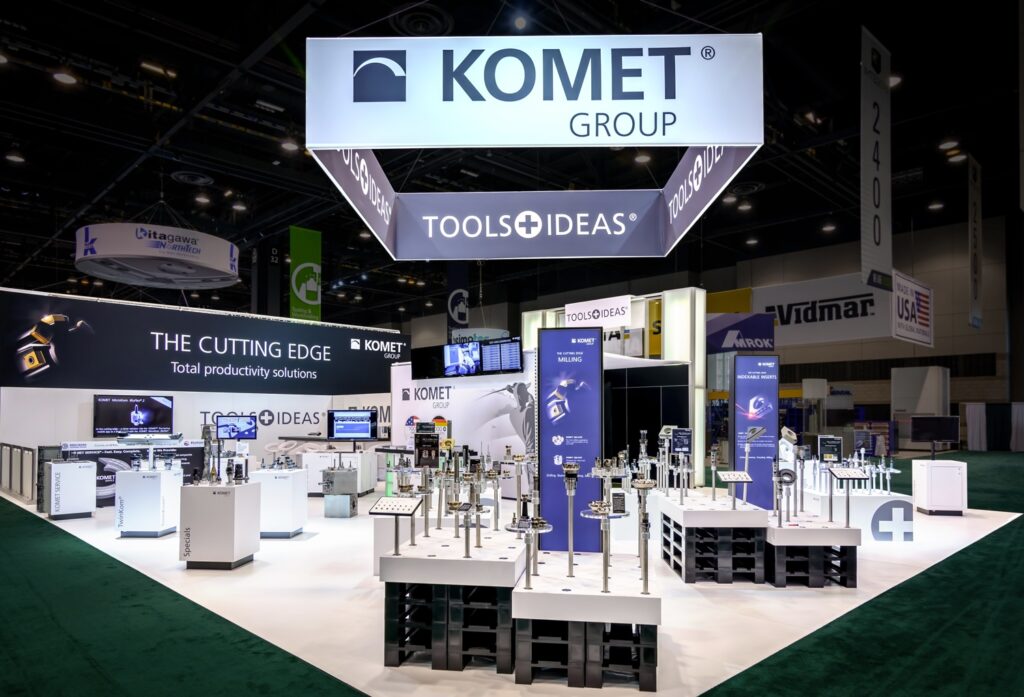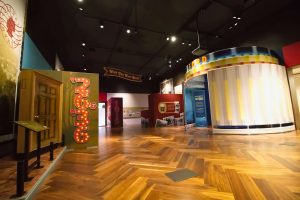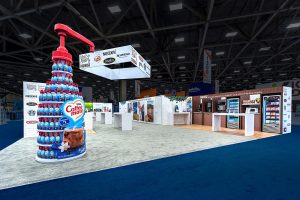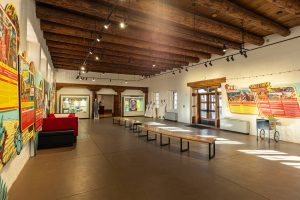A successful trade show has many components and steps to ensure its success. In Part One of this series, we discussed many of the logistical planning issues you may encounter. Now you need to focus on what will actually happen in the booth during the event and that involves thinking about staffing and training.
6. Staffing
The employees that work your booth during the trade show are a key element to your success. When going through the planning process, think about the number of staff you’ll need from each of the key departments in your organization. Salespeople are a key element, but what about other support staff? Consider members of the marketing team that can offer support and meet with clients along with company leadership.
7. Sales, Sales, Sales
Personal, face-to-face selling is dynamic and very effective when utilized properly. The members of your sales team rely solely on the success of their efforts, making the orders received and targets hit during a show incredibly important. Even those who are working the booth that do not have a sales role should always be thinking sales. This means looking at booth visitors as potential clients, knowing what to say and when, and gathering the proper information to ensure leads are vetted and notes are made. It’s all about adding value, solving problems, and of course, selling your product.
8. Leads Glorious Leads
It’s safe to say that not everyone who visits your booth will be an ideal lead. In fact, you might get traffic that isn’t even close to being a lead. For this reason, it is important to create a scoring system for every potential lead you interact with at a show. Whether you choose to rate them by letter (A, B, C) or temperature (Hot, Warm, and Cold) develop a consistent, fool-proof system and teach your salespeople what it means. Make the criteria for scoring leads as objective as possible. It is okay to start the rating system initially based on a “gut check” on how realistic the project seems. But over time, as you gather more information and are able to validate the subjective assumptions, you can be more data-driven in your lead scoring system.
9. Talk to Your Leads
There is a saying: leads are like fish; after a few days they start to stink. When a potential customer raises their hand and expresses interest in doing business with you, it’s up to your staff to respond quickly. In striking while the iron is hot, you could not only step in front of a competitor, you’re also showing the client that you are responsive, organized and interested in doing business.
It is a good idea to send a “Thank you” communication as soon as possible after making contact; ideally that same evening. And then, recognizing that trade show attendees are very busy and may miss your first communication, you should send a 2nd more detailed communication timing that for the day after they get back to their office.
10. Conduct a Start, Stop, Continue Exercise
Once the show has concluded, we recommend you conduct this formal exercise within a week or two post-show. You want the session to be held close enough to the event that memories are still fresh but with enough time passed that your post-show activities have been initiated.
The exercise, as the name suggests, is a guided way to think about what activities worked really well – these are the ones we want to Continue. Now that we’ve had a chance to reflect, are there things we should have done but didn’t – these are the ones we want to Start. And of course, there are things that just didn’t work out as planned – these are the ones we want to Stop.
Want to learn more about the importance of going through this exercise with your team? We walk you through the process and give you a free downloadable template, on our blog.
This is the second part of a two part series. Want to see part one? You can find it HERE.


